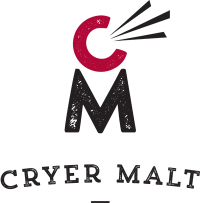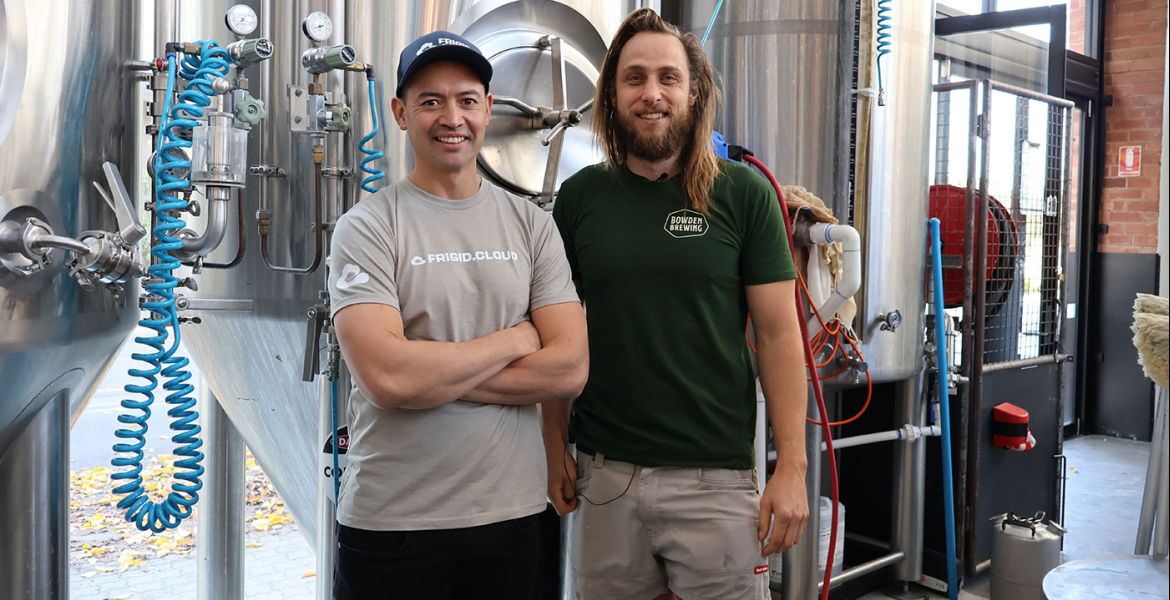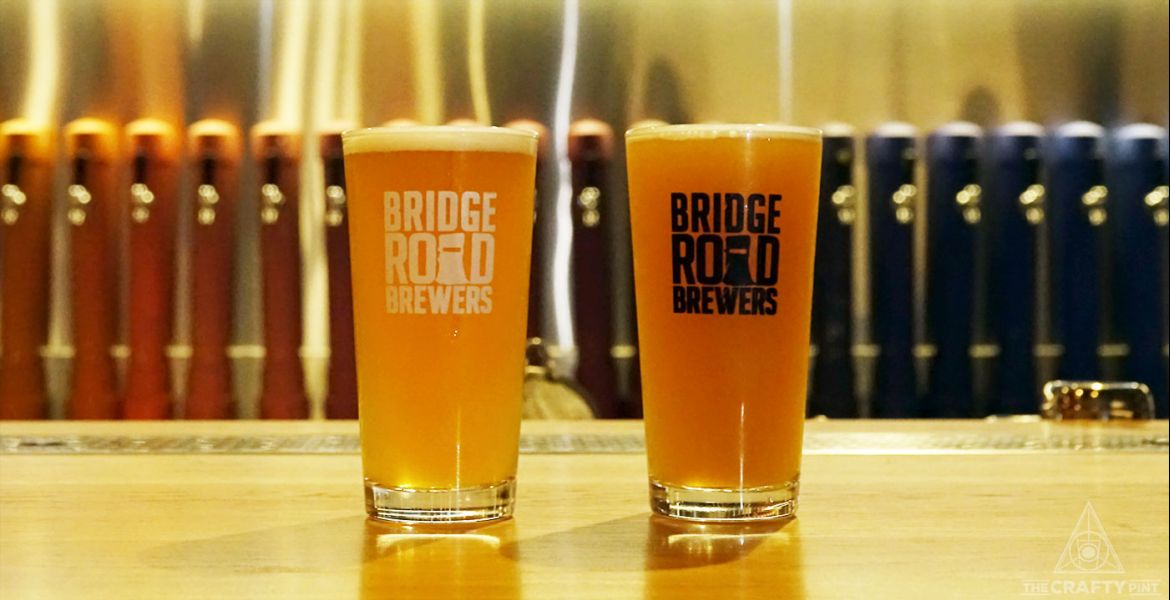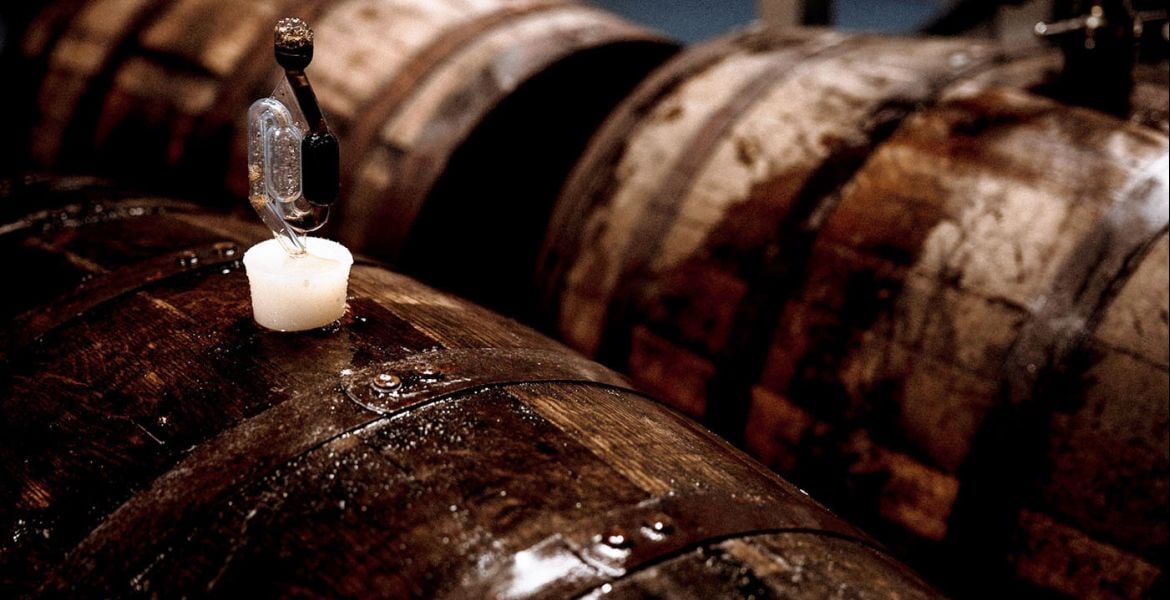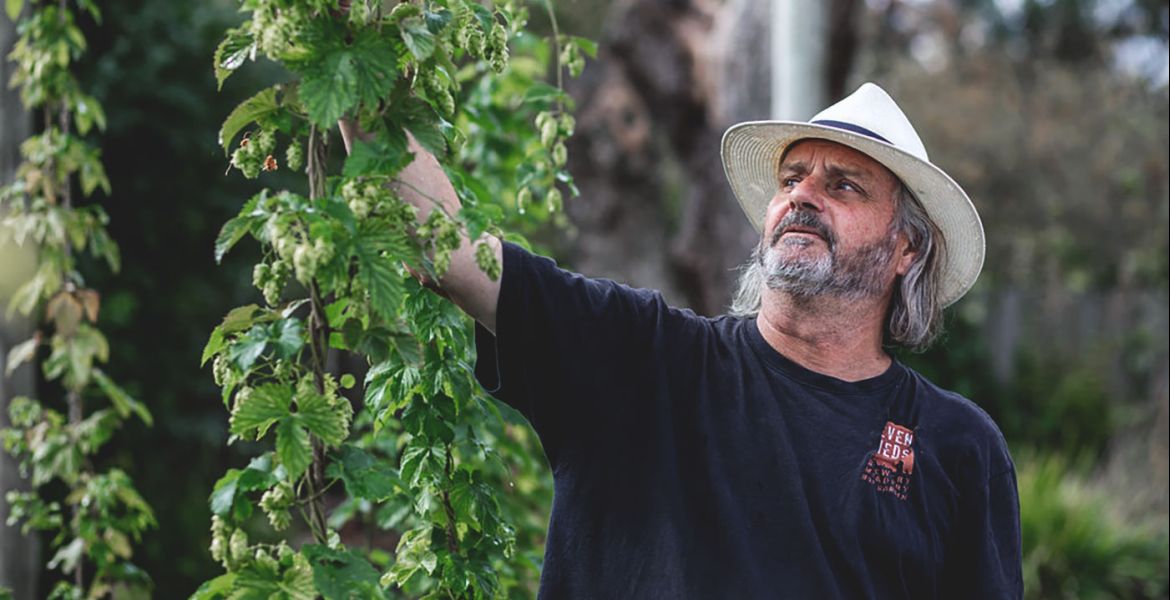The Craft Beer Novelty Machine has proven itself adept at supplying ADHD drinkers with a seemingly endless and inventive array of unique ingredients and processes that put new spins on classic beer styles. However, some trends prove to be more persistent than others. For example, the NEIPA haze craze shows little sign of abating whereas Smoked Oyster and Mussel Belgian Imperial Stouts never quite caught on.
One of the more recent trends to have grown legs is the addition of lactose to sours, IPAs, stouts and, well, pretty much anything. However, adding lactose to beer is not just a new, craft phenomena. It all started with the milk stouts of early twentieth century Britain...
Milk It
For Ron Burgundy, milk may have been a bad choice. Yet, for brewers – or should that be beer marketers? – of yesteryear, the mere mention of milk seems to have been the perennial good choice, with this creamy epithet capable of captivating the drinking public’s imagination as well as their wallets.
The fact that putting milk in beer seems, well, gross, doesn’t seem to have put anyone off. Perhaps the first round of milk stout drinkers were savvy enough to understand that the milky marketing didn't refer to bovine mammary excretions, but merely an isolated component – lactose.
Under The Milky Way
One of the first instances of lactose in beer crops up in England in 1907 when Mackeson’s Brewery of Kent used it in a stout weighing in at a whopping 3 percent ABV. Mackeson Stout, with a milk churn on the label, is still available today, but at a more reasonable 2.8 percent ABV. The beer quickly became a much-imitated national brand: a beer style was born.
But what exactly is lactose? And why throw it in beer?
In a nutshell, lactose is a simple carbohydrate, a sugar that naturally occurs in milk. The etymology of the name stems from the Latin “lac” meaning milk with the chemical suffix -ose meaning sugar. The name was coined in 1843 by Jean Baptiste André Dumas, a French chemist. That last nugget of info isn’t especially relevant, but what a name.
When delving into exactly what lactose is and why it’s used, it helps to understand a little about sugars, the concept of sweetness, and wort: the sugary malt syrup that yeast ferments to produce beer.
Pour Some Sugar On Me
Sugars are simple carbohydrates, the simple, easy-to-burn fuel for our bodies. Glucose – aka dextrose, is our planet’s most abundant monosaccharide (single sugar molecule) and is the basic fuel for life on our planet: plants and algae use sunlight to photosynthesise glucose from water and carbon dioxide, and the food chain marches on up from there.
Glucose is also in milk, tied up with another monosaccharide called galactose that is not so nearly as abundant and is found mainly in milk. In milk, glucose and galactose are linked together to form lactose, a disaccharide. To digest lactose, humans use an enzyme called lactase that splits lactose into its constituent single sugars. People who are lactose intolerant lack this enzyme and their unfortunate inability to digest it will send them farting to the toilet if they so much as get a whiff of the white stuff.
Sucrose (aka table sugar) is another common disaccharide that also contains glucose, except this time it’s bound up with fructose (fruit sugar). If you lack the enzyme sucrase, then you can’t split sucrose and are therefore sucrose intolerant. Stay with me here. We’ll get back to beer soon...
Sweet Baby James
As far as our perception of sweetness goes, table sugar is the archetype (and also seems to be humankind’s current fave) and is the standard reference point to which all other sweet substances are compared. Table sugar is therefore assigned a “sweetness score” of 1.
Of course, this is an arbitrary score that is only useful when we comparatively score other sweet substances. For example, fructose (fruit sugar) has been shown to be sweeter than sucrose with a score of around 1.4 (in other words, it is more potent than sugar – a lower concentration is required to achieve the same sweetness).
Artificial sweeteners are usually way more potent than sugar – for example, saccharin has a sweetness score of around 480. Some natural sugars are also much more potent than table sugar. The strong-willed sugar-quitters out there will be likely be familiar with Steviol Glycoside, sold as Stevia and derived from a South American shrub; Stevia is reckoned to have a relative sweetness of around 150.
But let’s get back to the whole point of this sugar trip: lactose, which has a relative sweetness of 0.16, a figure that tells us that it’s not very sweet at all.
Do You Really Want To Wort Me?
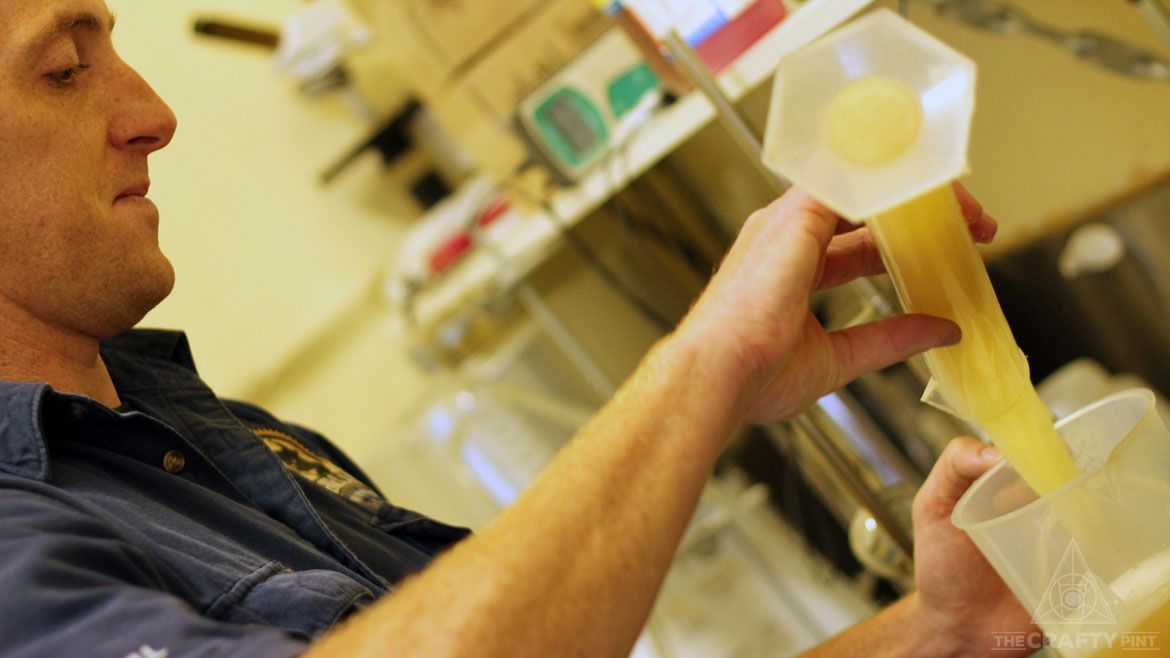
Wort (pronounced wert) is brewer-speak for the liquid solution of sugars that brewers extract primarily from malted barley. It is the liquid that yeast ferments to produce beer. So it should come as no surprise that wort is sweet. Wort contains a range of different sugars, the majority of which are fermentable along with some that aren’t.
Wort composition is a game of percentages that can be manipulated to a certain extent by brewers. However, it’s not a fun game like Hungry Hippos. It’s a hard game like chess, or maths.
For example, lower mash temperatures and the attendant enzyme activity that breaks down the grain starches into sugars will produce a highly fermentable wort resulting in a very dry beer. Higher mash temperatures will make a less-fermentable wort thanks to other types of starch-chomping enzymes (OK, this is starting to sound a little like Hungry Hippos…) that are active at higher temperatures. This less fermentable wort will produce a fuller-bodied beer.
However, the unfermentable component of an all-malt wort will always be relatively low in terms of percentage, which is why it is relatively difficult to make a big, chewy mid-strength. The key to brewing a low alcohol beer is body, and back in the heyday of milk stouts, this was especially true of dark beers, which drinkers expected to possess a certain weight. Without body, which comes from the unfermentable components, the beer – having little alcohol to prop it up – will be thin and watery.
The Great Pretender
Lactose does not naturally occur in wort, and therefore our now-domesticated brewer’s yeast cannot ferment this simple disaccharide. If Saccharomyces cerevisiae ever had this ability then it has certainly lost it after centuries of selective pressure by countless generations of brewers. You could say brewer’s yeast is lactose intolerant, as it lacks the enzymes necessary to metabolise it.
So, returning to Kent in the first decade of last century, why did Mackeson’s put this unfermentable, not-very-sweet sugar into its stout?
By the time their milk stout was produced, the strength of British beers had been in slow decline for a number of years due to wartime shortages and increased taxation. Ultimately, tastes also changed as people became accustomed to weaker beers.
This saw the once-formidable porter sub-style stout porter (strong porter) gradually weakened until it was lower in alcohol than the original porters of which it was supposed to be a stronger version. The pub-going public may have been happy with their levels of intoxication, but no drinker wants a watery pint.
To address this, Mackeson’s pulled the neat trick of adding lactose, giving their stout some oomph across the palate and creating the impression of weight in a low alcohol beer. Many breweries followed their lead and such beers grew into a success story. Due to the healthy-sounding name, the beers were originally advertised as being wholesome drinks suitable for breastfeeding mothers and those recuperating from illness.
Along with milk stout, lactose beers were also sold under various names such as invalid stout, tonic stout, butter stout and sweet stout. Mackeson merely labelled theirs as Stout, but they did, and still do have, a milk churn on the packaging; what's more, the label once featured the claim: "Each pint contains the energising carbohydrates of ten ounces of pure dairy milk." You could call it a white lie.
Sadly, but perhaps sensibly given some of the nutritional claims, the advertising industry could not milk this cash cow indefinitely, for in 1946 the British Government ruled that beers could not carry the word “milk” on the label. A few wily breweries got around this by coming up with names like Farm Stout, Dairymaid Stout and, outrageously, Mylki Stout. By this stage the tide of fashion had turned, however, and milk stouts fell out of favour.
Modern Love
However, as inevitably as the Hollywood remake of a dusty monochrome classic, the modern craft beer movement eventually reanimated the deeply uncool and largely forgotten milk stout. But it didn’t stop there, with brewers finding other beer styles that could benefit from a little magic cow dust.
Among those for whom it’s become a key ingredient is Sailors Grave. While the Gippsland brewery produces all manner of beers featuring unusual and often foraged ingredients, the likes of their Peach Melba Pavlova and Lemon Meringue beers have seen them become something of a “cream sour” specialist (see four of many pictured atop this article).
Co-founder and head brewer Chris Moore is a fan of lactose’s ability to soften the edges of beers: to act as a sponge for the sharper side of certain ingredients, including the hops in his Squid vs Whale “hop maelstrom” series.
“For me, it was new when we did it,” he says of Sailors Grave’s first cream sour, the Milky Way – a spin on Japanese soft drink Calpis – that debuted at GABS in 2017. “I hadn’t had anything like it before but I’ve had some great stuff out of the US since.”
Always at the vanguard of experimentalism, Melbourne’s Moon Dog used lactose to great effect in the original incarnation of their Splice of Heaven Pine-Lime IPA, possibly the first commercially released local IPA to use the adjunct, albeit one that now uses vanilla alone to the same effect.
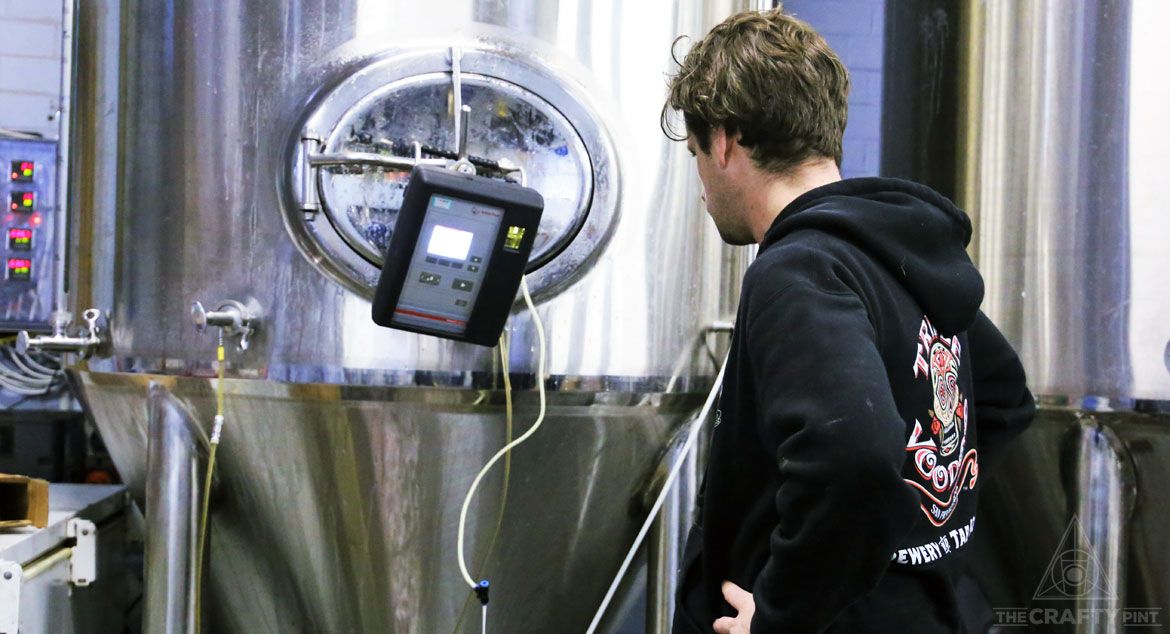
Their lead innovation brewer Adrian McNulty (pictured above) recalls the adjunct “worked beautifully with the vanilla”. However, he has used lactose in a range of other styles too, from stouts and porters to sours and spiced ambers. When choosing to do so, he usually has the classic attributes of lactose in mind, namely “mouthfeel, to emulate creaminess and add some slight sweetness”. Brewers beware, though, a light touch is advisable...
“It’s very easy to go overboard and make a beer that’s thick and cloying,” Adrian tells us. “When it’s used well, you barely know it’s there – just a subtle creaminess and boost to the chewiness on the palate. When it’s used poorly, it sits apart from the rest of the beer and makes the beer thick without the reward of drinkability.”
For the more technically minded, Adrian has some additional words of warning: “While it’s ostensibly unfermentable by Saccharomyces cerevisiae, lactose can be fermented by some wild strains of yeast and lactobacillus which, if present, over time will lead to off flavour production and over-carbonation.”
As to why this adjunct is seemingly popping up everywhere, Adrian cites the Craft Beer Novelty Machine (admittedly, not his words…) musing that it has to do with “the constant drive to do something different."
He adds: "Also, it’s a relatively inexpensive adjunct that can make a big difference to the final product and, if used well, can really lift the beer.”
And, for brewers taking a more business-orientated point of view, it's worth bearing in mind you can't sell the beer to lactose intolerant drinkers (or, ideally, mothers, whatever brewers might once have wanted you to believe).





